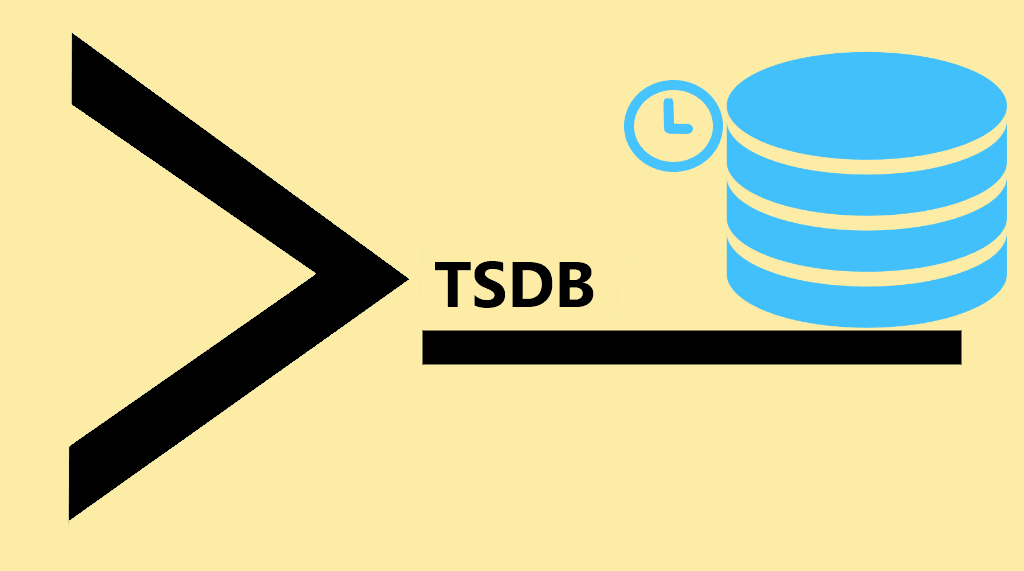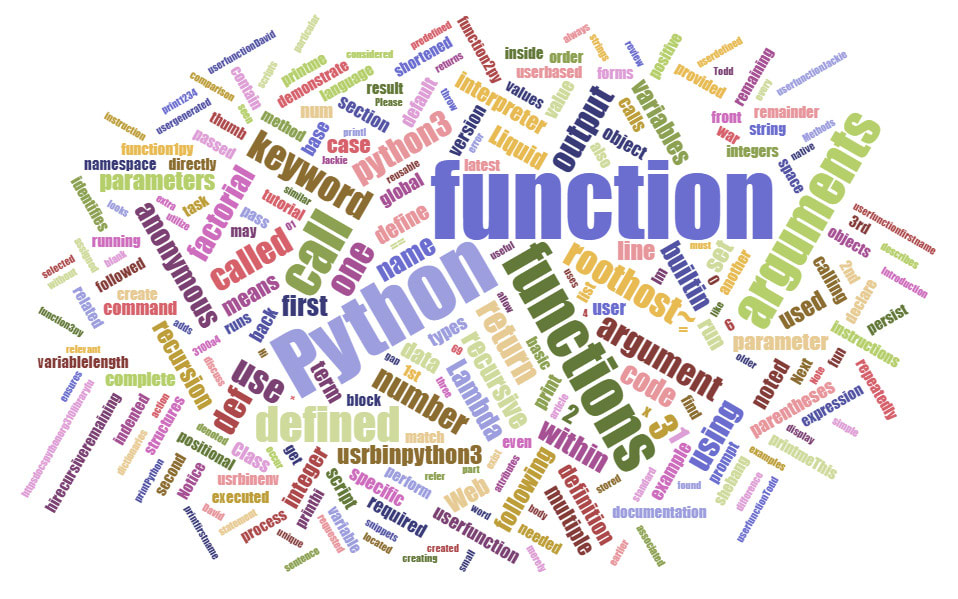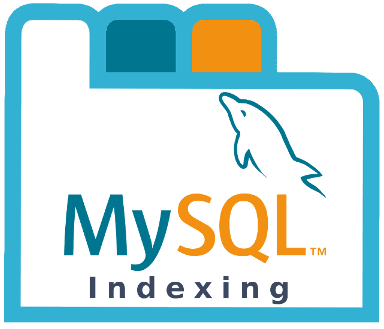Tag: Data Management
Guide to For Loops in Python and Bash [Explained with Examples]
What is a For Loop?

A for loop in Python is utilized to make repeated use of a function or procedure, applying it each time to the result of the previous sequence. This repeating process is called iteration. The for loop checks each iteration until a condition is met. Typically these are used when we have to run a block of code duplicating it X number of times. Each time it iterates over a sequence, it re-executes the code.
What Is a Time Series Database? How It Works & Use Cases

As the Internet of Things expands quickly, many devices connect to the web and transmit time series data. As a result, industries are interested in creating time series databases with unique management and analytical features.
How to Repair a MySQL Database in cPanel
II. How to Create a MySQL Database in cPanel
III. How to Delete a MySQL Database in cPanel
IV. How To Create a MySQL Database User in cPanel
V. How to Assign a User to a MySQL Database in cPanel
VI. How to Change a MySQL Database User's Password in cPanel
VII. How to Remove a User from a MySQL Database in cPanel
VIII. How to Delete a MySQL Database User in cPanel
IX. How to Check a MySQL Database for Errors in cPanel
X. How to Repair a MySQL Database in cPanel
XI. How to Manage a MySQL Database with phpMyAdmin in cPanel
After checking your database for errors in cPanel, the next step is to repair your database. The system will let you know if any errors are found and simple ones can be fixed right in cPanel. This feature saves you from having to deep dive into easy database fixes.
What is Blockchain? A Tutorial

The idea of blockchain itself may sound complicated, but the premise is simple. Blockchain is a zero-trust, fully decentralized peer-to-peer data storage system that spreads verified information across participants in the chain, referred to as nodes. Blockchain stores this information in blocks that are chained together. As new data arrives, it is recorded into a block. Once a block has been filled with information, it is linked to the previous block. This process allows the data to be bound together in sequential and chronological order.
What Is a Python Function? A Tutorial

What is a Python Function?
In this tutorial, we discuss one of the most useful attributes of Python: the function. Python functions are considered “First Class” objects. A First Class object can be assigned to variables, stored in data structures, passed as arguments to other functions, or even return values from other functions. Other examples of First Class objects in Python are integers, strings, and dictionaries.
How to Install and Configure ClickHouse on Ubuntu 20.04
What is ClickHouse?

ClickHouse is an open-source column-oriented DBMS (or database management system) primarily used for OLAP (or the Online Analytical Processing of queries). It is capable of blazing fast generation of real-time analytical data and reporting utilizing SQL queries. It is fault tolerant, scalable, highly reliable and contains a feature rich tool set.
How to Install ArangoDB on Ubuntu 20.04

What is ArangoDB?
ArangoDB is a high availability and scalable multi-model NoSQL database that natively works with graphs and documents and includes a full-text search. It is a free, open-source software developed and maintained by ArangoDB GmbH. The system supports three different data models with one database core and includes a unified query language called AQL (ArangoDB Query Language). This query language is declarative and allows the combination of different data access patterns in a single query. The software can be implemented on multiple systems, including Windows, macOS, Linux, Kubernetes, Docker, and on our Managed Cloud Servers. It has a strong community support base on GitHub, StackOverflow, Google Groups, and Slack.
How to Install and Update Python to 3.9 in Ubuntu
In this article, we will explore the newest methods to install or update to the latest version of Python on our Ubuntu system.
MySQL Performance: How To Leverage MySQL Database Indexing

Throughout this tutorial, we will cover some of the fundamentals of indexing. As part of the MySQL series, we will introduce capabilities of MySQL indexing and the role it plays in optimizing database performance. Liquid Web recommends consulting with a DBA before making any changes to your production level application.
Connecting to MySQL Using Python
In this article, we will be discussing how to connect to MySQL using Python. Python is one of the most productive and widely used programming languages in use today. Its simple and elegant syntax makes it ideal for new programmers, while experienced programmers enjoy the extensive list of available modules and functionalities.
Our Sales and Support teams are available 24 hours by phone or e-mail to assist.

